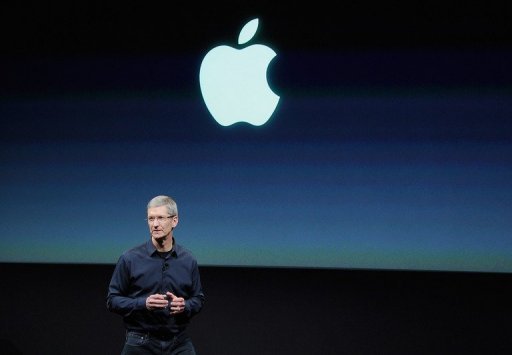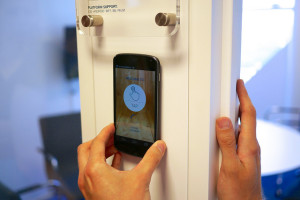What Does Apple Pay Mean for Marketers?

Starting today iPhone 6 and 6 Plus users can opt to store their credit and debit cards in Passbook and make purchases with the simple tap of their phone using Apple Pay. Apple finally adopted near field communications technology with the release of the iPhone 6 in order to power Apple Pay. With Apple leading the way, experts are predicting mobile payments will become mainstream. While Google Wallet has been around since 2011, the hype of Apple Pay may lead to an increase in mobile payments among Android users, too. Forrester predicts they will increase fourfold to $90 billion by 2017!
How to Set it Up
- Download iOS 8.1 and open the Passbook app
- Tap Set up Apple Pay
- First select your card that is linked with your iTunes account and confirm
- Then, you can scan new cards with the iPhone camera.The first card added will be your primary card.
How It Works
Once Apple Pay is set up, it’s easy to use in stores. At stores using Apple Pay, iPhone users can simply tap their phone to the point of sale (POS) terminal and verify the payment with Touch ID or a pin code. The transaction will securely be sent to the bank and with approval, the purchase is complete.
Apple has said over 220,000 US stores will be using Apple Pay including Apple, Bloomingdales, Macy’s Duane Reade, McDonald’s, Sephora, Petco, Panera Bread, Staples, Nike, Walgreens, Subway and Whole Foods. Users will also be able to pay with Apple Pay with a number of apps including Target, Tickets.com and Uber.
What Marketers Need to Know
The largest impact Apple Pay is expected to have is on the adoption of mobile payments. According to Digital Trends, a new law will take place in the fall of 2015 requiring merchants to support credit cards with Chip and PIN security, and therefore, merchants are expected to updated their POS terminals which will likely be Apple Pay enabled. The easy and secure process Apple has created, as well as their track record in changing consumer behavior, are other reasons to believe mobile payments will become mainstream.
Apple said they are not collecting or storing transaction information in order to ensure consumer’s that Apple Pay is secure and private. While this will help with the adoption of mobile payments, businesses will not be able to collect this data to optimize marketing campaigns. Instead, ensure consumers their information is secure and test other mobile marketing tactics such as NFC stickers, beacons or geofencing.
Are you planning on using Apple Pay?


